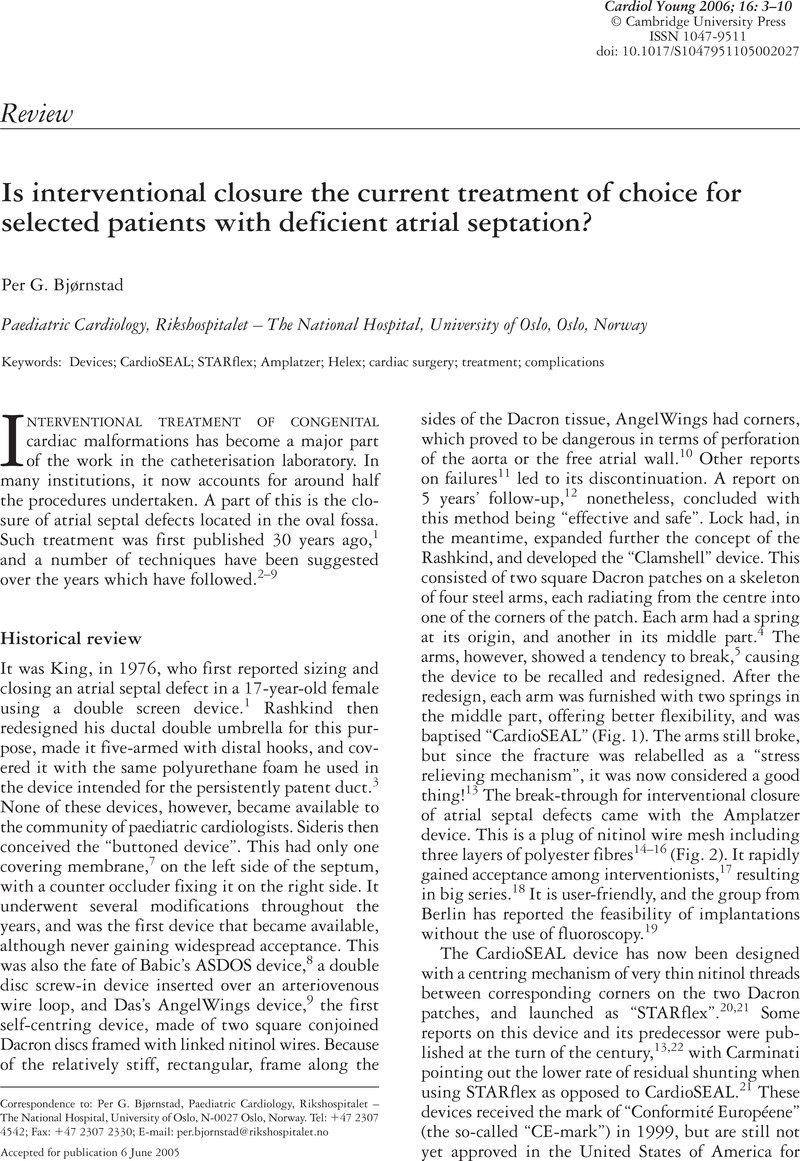Crossref Citations
This article has been cited by the following publications. This list is generated based on data provided by Crossref.
Amin, Zahid
2006.
Transcatheter closure of secundum atrial septal defects.
Catheterization and Cardiovascular Interventions,
Vol. 68,
Issue. 5,
p.
778.
Anderson, Robert H.
2006.
From the Editor-in-Chief.
Cardiology in the Young,
Vol. 16,
Issue. 1,
p.
2.



